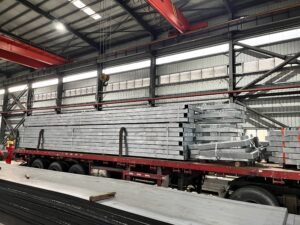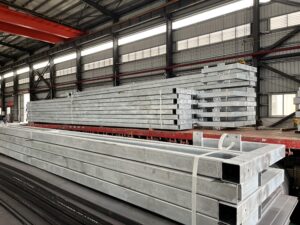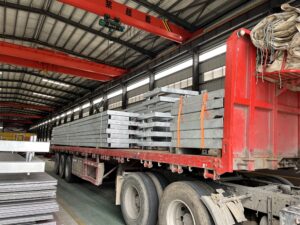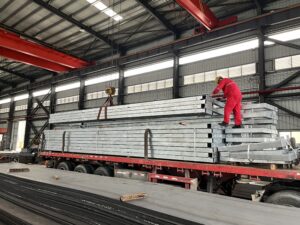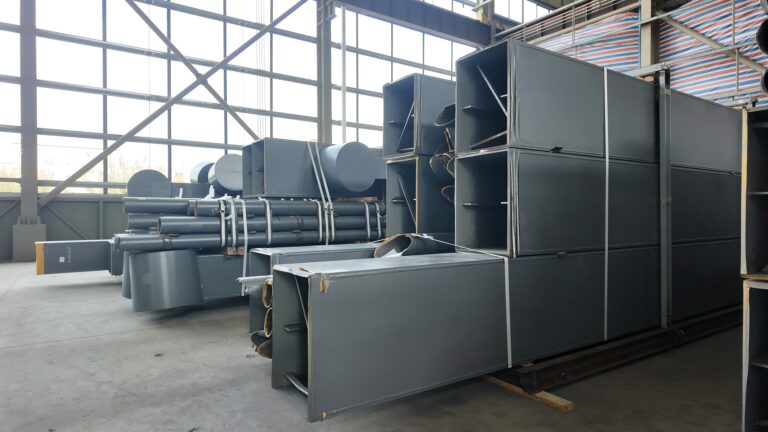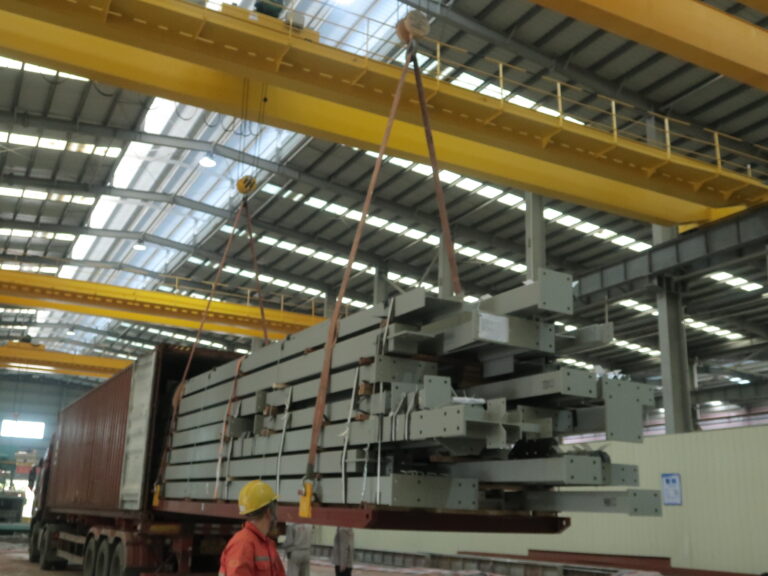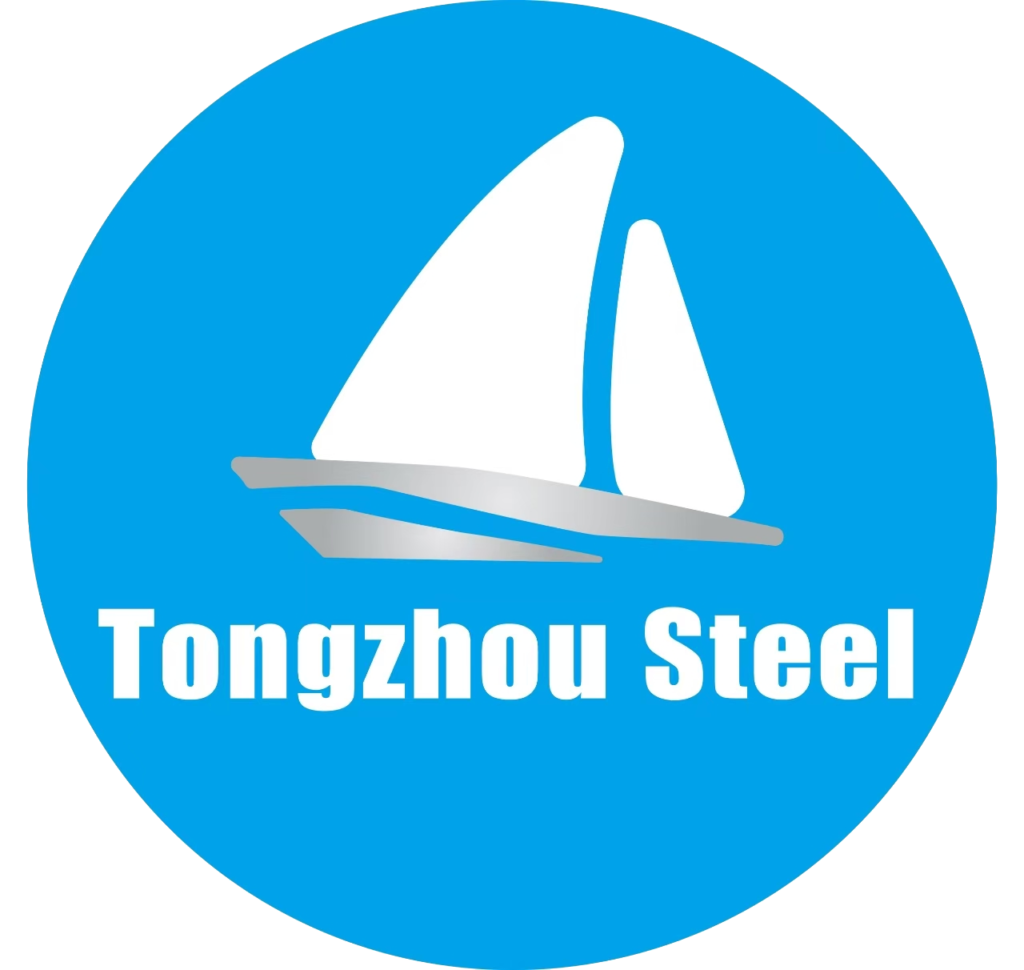Introduction
Australia’s construction industry is rapidly adopting prefabricated wire mesh frame steel structures to meet demands for speed, safety, and cost-efficiency. Compliant with AS/NZS standards, these structures ensure high-quality fabrication, durability, and regulatory compliance—making them ideal for modern infrastructure projects.
A prime example is Australia’s 1848 Project, which utilized AS/NZS-certified prefabricated wire mesh steel frames to achieve faster construction, superior structural integrity, and long-term reliability.
This article explores how AS/NZS standards enhance steel fabrication and why this approach is transforming construction across Australia.
1. Why AS/NZS Standards Matter in Prefabricated Steel Structures?
AS/NZS standards ensure:
✔ Structural Integrity (AS/NZS 3678 for steel grade compliance)
✔ Welding Quality (AS/NZS 1554 for fabrication standards)
✔ Corrosion Protection (AS/NZS 2312 for coating durability)
In the 1848 Project:
- AS/NZS 5131 (Structural steel fabrication) was followed for precision manufacturing.
- AS/NZS 1163 (Cold-formed structural steel) ensured material consistency.
2. Speed & Efficiency in Construction
Prefabricated wire mesh steel structures offer:
60% faster assembly than traditional methods (Australian Steel Institute Report)
Modular components for quick on-site installation
Reduced labor costs due to simplified construction
The 1848 Project was completed 30% ahead of schedule, thanks to prefabrication.
3. Cost Savings & Budget Control
Steel wire mesh frames provide:
Lower material waste (precision-cut components)
Reduced scaffolding needs (self-supporting mesh design)
Minimal maintenance (galvanized or powder-coated per AS/NZS 4534)
The 1848 Project saved 15-20% in total costs compared to conventional methods.
4. Durability & Safety Compliance
Australia’s harsh climate demands resilient structures:
High wind resistance (tested to AS/NZS 1170.2 for wind loads)
Fireproofing compliance (AS 4100 for structural fire safety)
Corrosion protection (AS/NZS 2312 for long-term durability)
The 1848 Project withstood extreme weather conditions without degradation.
5. Sustainability & Eco-Friendly Benefits
Prefabricated steel aligns with Australia’s green building goals:
Recyclable materials (up to 90% reused steel)
Energy-efficient production (lower CO₂ emissions than concrete)
Reduced construction waste (lean manufacturing processes)
The 1848 Project targeted a Green Star rating, emphasizing sustainability.
Conclusion: Why Choose AS/NZS-Compliant Prefabricated Steel?
From speed and cost savings to safety and sustainability, AS/NZS-standard prefabricated wire mesh steel structures are transforming Australia’s construction landscape.
The 1848 Project proves that compliance + innovation deliver superior results.
